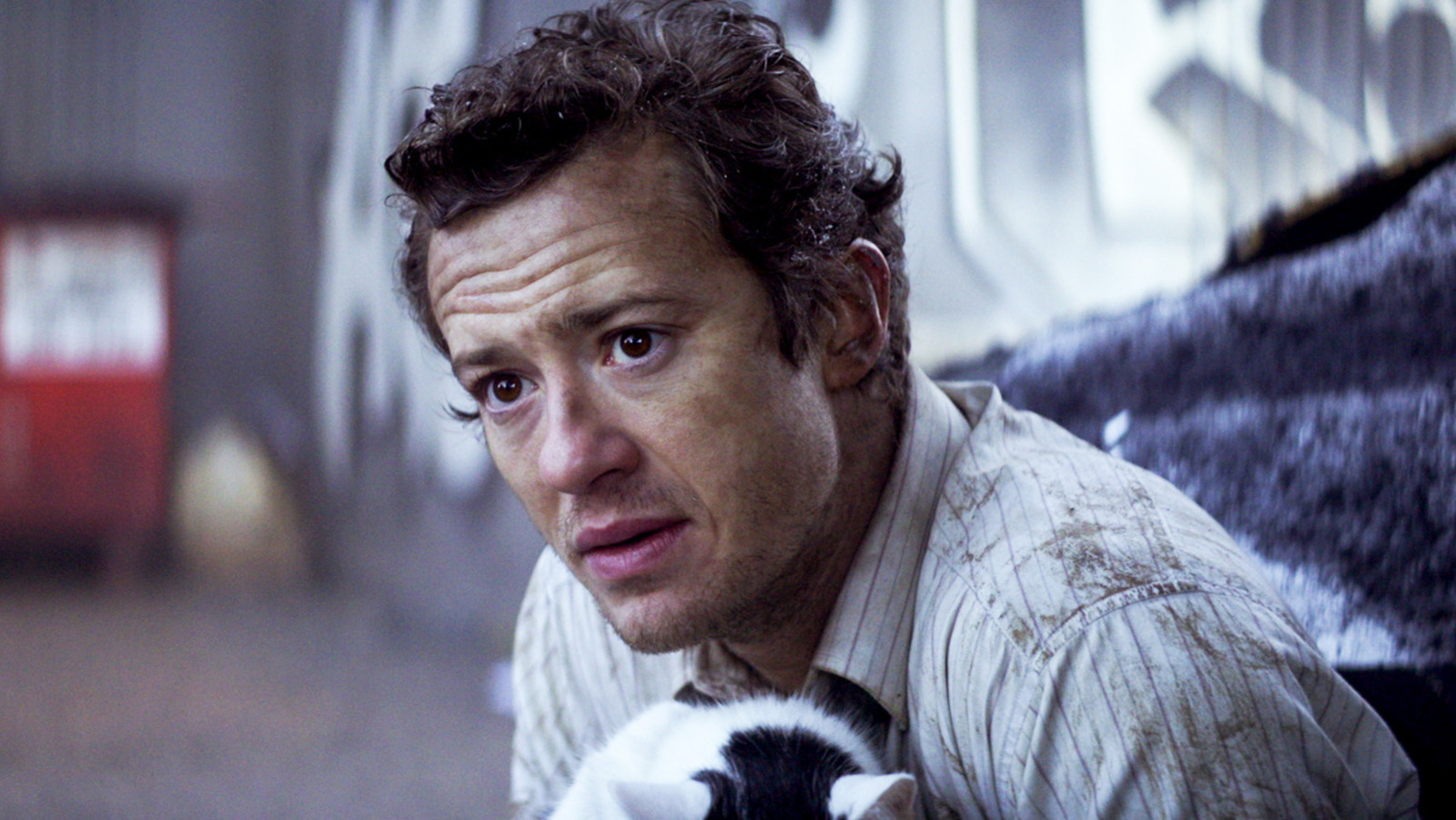
One motive that horror films have prevailed on the field workplace the place different genres have faltered is the built-in enchantment of seeing a scary film in a theater, surrounded by strangers, and getting scared collectively. And but, one of many greatest frustrations with the theatrical expertise is the conduct of these strangers. All it takes is a few individuals within the viewers carrying on a dialog to break the expertise for everybody else.
The premise of “A Quiet Place” — an Earth overrun by monsters who hunt utilizing sound, forcing the few surviving people to stay in whole silence — created a built-in peer stress for audiences to cease whispering and crinkling meals wrappers. Folks instinctively mimicked the conduct of the characters on-screen. And simply in case intuition wasn’t sufficient, some theaters even ran promos warning audiences to “by no means make a sound.”
Forbes contributor Paul Tassi urged movie-lovers to see “A Quiet Place” on the large display screen whereas they’d the prospect, describing his first time seeing it as “a singular expertise that I can’t bear in mind having in ages: A completely quiet theater.” He recalled:
“For everything of the movie, even in a offered out present, I might hear a pin drop. Folks made startled noises solely when the film itself demanded it, however everybody felt like they have been even chewing their popcorn as quietly as they might. I’ve by no means seen every other film end in this type of pristine viewing expertise.”
If it was simply the primary film, this might be dismissed as a one-off gimmick. However after two equally profitable sequels to “A Quiet Place,” it appears clear that even within the streaming age, individuals nonetheless wish to watch films on the large display screen. They simply need the expertise to be enjoyable as a substitute of irritating.